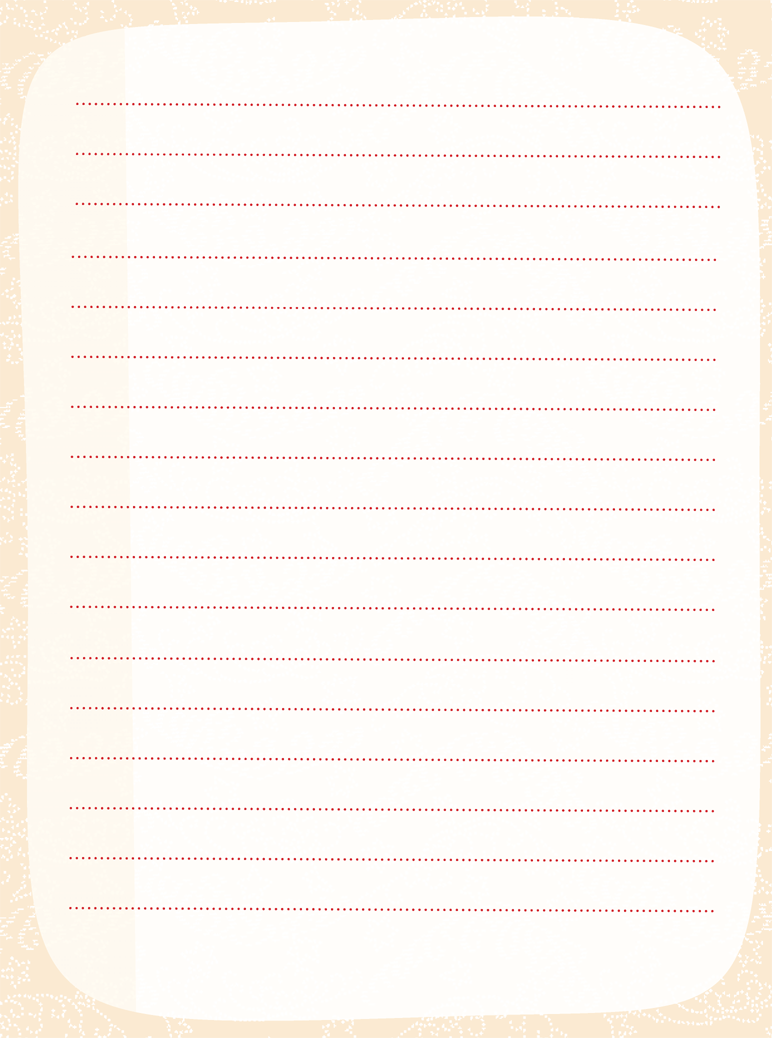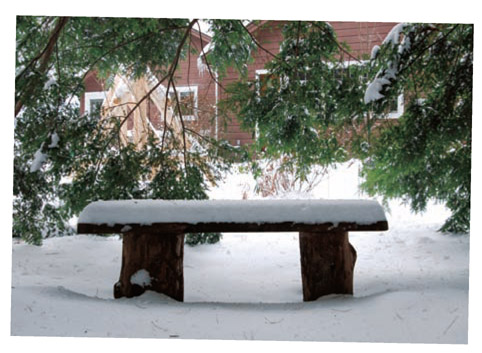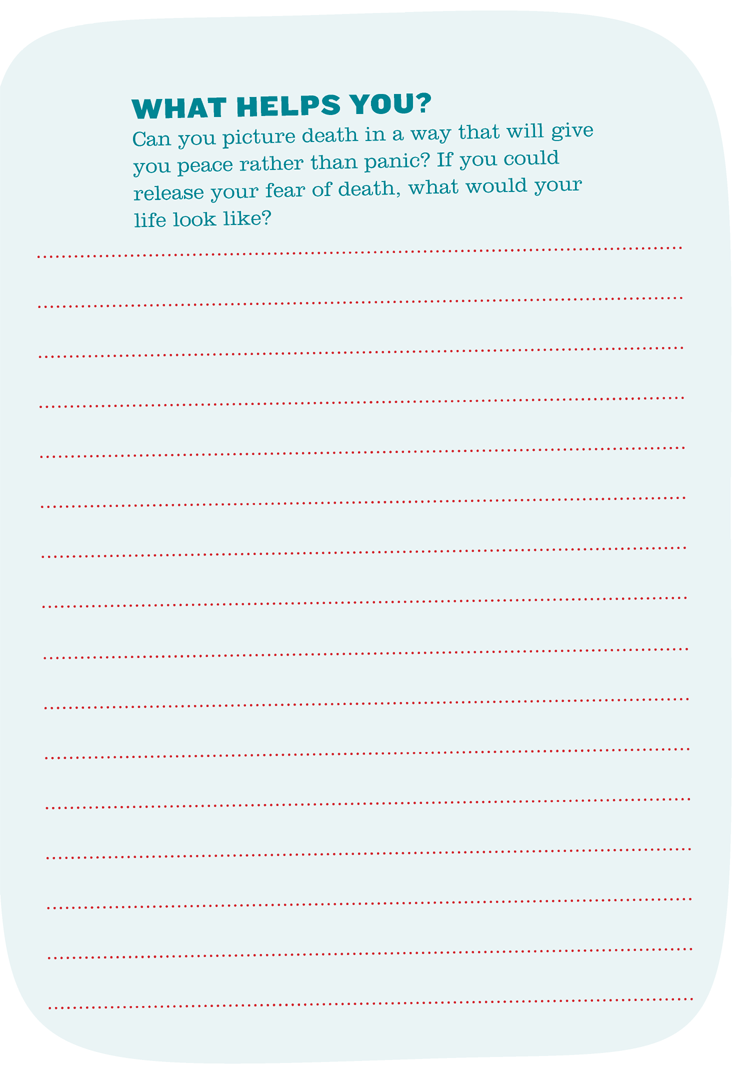

Forgiveness is a central tenet in so many religions. But why do we still struggle with it? It sounds good from the Sunday pulpit but how many of us truly weave it into our lives? In Joan Borysenko’s book Minding the Body, Mending the Mind, she says that “Forgiveness means accepting the core of all human beings as the same as yours and giving them the gift of not judging them.” Borysenko teaches that forgiveness starts with ourselves and ripples out to others. Have you ever felt like you really hated someone? I have. For years I tried to forgive but I just couldn’t. I felt tortured. So-and-so wronged me to the bone, and my only solution was to lash out in the twisted hope of making the evil-doer feel as bad as I did. But really the people you refuse to forgive hold you prisoner while they obliviously roam free. Here’s the misperception: We see forgiveness as something we’re doing for the other person, and since we’re still darn hurt we don’t want to give it up. This falsehood binds us to the pain. Let’s get this clear, forgiveness is something we do for our own benefit first and foremost. This doesn’t mean we have to invite them for dinner and make nice nice. Heck no! It means that we must pluck their talons from our hearts and let it go. Peace is a one-way ticket to wellness.
We can grow from any experience and we can transcend any experience. Forgiveness remains the only path that leads us out of hell.
—MARIANNE WILLIAMSON
Guess what’s hardest to forgive? Your body. It betrayed you. After all you’ve done, this is the thanks you get? Hold on. Maybe it’s time to appreciate the cancer? WTF?! Think about this, cancer isn’t a terrorist with a bomb strapped to its back. Cancer is a response to a world spinning in the wrong direction. Can you love your tumors? Can you thank them? I see my beauty spots as little trashcans collecting debris so that the entire system doesn’t shut down.
Here’s another way to think about it: If cancer were a professor what would the lesson plan be? If you prefer to visualize exploding your cancer like it’s a video game or melting a tumor like snow, go for it! There are so many ways we can connect out minds to our hearts in order to grow beyond our perceived limitations. The point is to become aware of the teaching and to then forgive your cells, your bones, your tissues—yourself.


The terror of death is so powerful that most human beings will do anything to avoid even thinking about it. Unless we’ve flatlined, seen the light, and lived to tell the tale, most of us can only speculate about what the actual journey entails. For years the thought of death made me physically ill. A spooked out, jinxing paranoia grabbed my mind before it could wander into the void. At the time, I believed that worry was praying for what I didn’t want, and since I didn’t want to die, I refused to think about it. What if the worry could bring it on? Yikes, creepy, no thanks! Better to smoosh the heebie-jeebies than to play roulette.
However, anything that we hide grows in strength. If you refuse to allow yourself to taste extra-dark chocolate, the curiosity will one day get the best of you. Eventually, the temptation to explore the door in the floor became too great and I had to open my mind to the darkness. By allowing my imagination to drift and wonder, a very cool possibility floated to the surface of my frontal lobe. What if death is just like leaving a room? If you are willing to swim in this murky pond with me, read on; I promise the water isn’t too deep and that I have a life vest and a first-aid kit in my bikini.
Picture this: You are at a party with your family and friends, and you are all really happy, eating crackers, and enjoying one another’s company. You are laughing, hugging, and whooping it up. After a while you leave the room to go into another part of the house. Although you are no longer you with your friends and family physically, you can still hear them. Maybe you can even make out exactly what they are saying. No doubt Uncle Buddy is telling a great joke and Grandpa Harry is advising your sweet little sister to be careful.
You then open a different door to an area of the house even farther removed from the party. Now you can no longer hear your friends and family—but you know they are all still there, still in the house, still with you. Instead of hearing their laughter, you can now feel it. In fact, no matter where you go in the house, you feel their presence. You know that even though your physical relationship to them has changed, your energetic connection has not.

This last room is the universal God soup. The place where the saint tells us we’re home; welcome to the new party. Jesus hands us butterfly wings, Buddha offers a bowl of rice and peas, and Elvis gyrates in white socks and sequins, offending no one.
Your what-if visualization will probably be very different from mine. Perhaps religion or a spiritual practice has given you a comforting model of what to expect when your last breath is exhaled. If you feel secure enough to explore this space, I encourage you to do so. I promise that worrying is not praying for what you don’t want, and that the anxiety of the unknown can actually be more dangerous than a gentle fantasy.
I have no idea how the long dirt nap actually works, and to tell you the truth I don’t want to find out anytime soon! But this visualization really helps me in rocky times of fear and doubt. Remember, death is the end of the chapter, not the end of the book.
Death is not a period that ends the great sentence of life, but a comma that punctuates it to more lofty significance. Death is not a blind alley that leads the human race into a state of nothingness, but an open door which leads man into life eternal.
—REVEREND MARTIN LUTHER KING JR.

